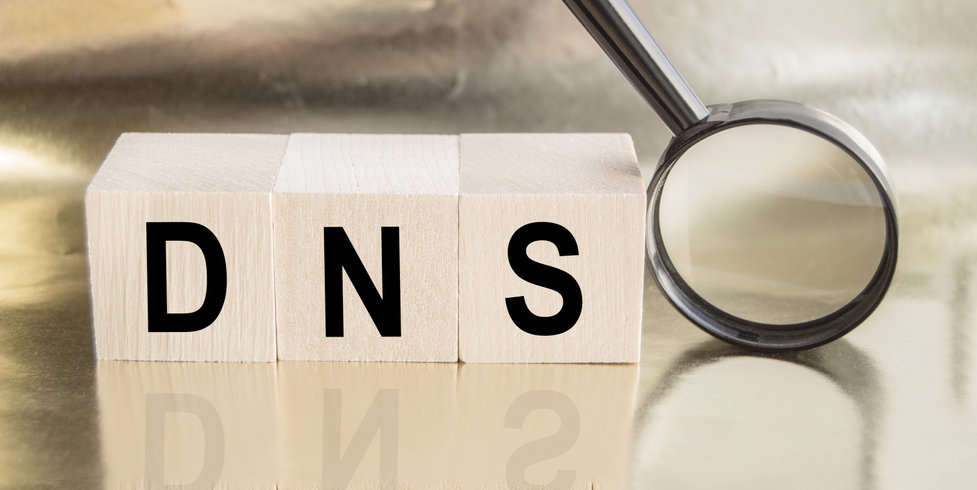If it’s about the domain name system (DNS), there is a lot to be said. It’s not simple stuff. A lot of processes and components are meshing to make the big system work efficiently.
When you dig behind everything needed for the Internet to run, every click gets a very different dimension. It’s not just a finger-clicking but whole machinery moving to get your website for the potential clients that request it.
Domain name system (DNS) is what makes possible that simplicity for users. But for the magic to happen, different elements are a must, like recursive DNS servers.
What is DNS for?
The hole of the rabbit is deep but let’s just explore the surface a bit. Domain name system (DNS) is the process of translating domain names into IP addresses. Domains can be called in two different ways. The human way is to use domain names. The easy alternative for humans to remember the name of their preferred or needed websites. And the machine way, IP addresses, long series of numbers that computers use to communicate.
Humans type domain names into their browsers to request websites. Then the translation to IP address happens for machines to communicate to find the website.
What is a Recursive DNS server?
In computing, recursion refers to a method to solve an issue. It means a program or solution will repeat itself until its objective is reached.
Recursive DNS servers are the ones in charge of looking for the information necessary to respond to the queries sent by users. If we draw an imaginary diagram, recursive DNS servers work in the middle of authoritative servers and end-users.
Whenever someone requests a domain name, a recursive DNS server looks its IP address up. The recursive server obtains the correct IP address, and then it gives it to the device (browser) that made the request. The device gets the information, and it connects to that IP address for finally loading the domain.
Recursive servers have two alternatives for executing their lookups.
The first easier and a faster shot is to get the information from the cache. The cache of this kind of servers can be set up to store data for a defined period of time. How long servers will store the data is a decision taken mostly by administrators. They can define more or less time through the time-to-live (TTL) value based on their strategy.
When a query is received, the recursive can check if its cache memory still holds the IP address for the specific domain name requested. If the TTL of the cache has not expired yet, data should be available there, and that means it doesn’t have to search in other servers. In this scenario, the query’s response is faster.
In case the cache’s TTL is expired, and the IP address is not stored there, the second shot takes a longer path. The recursive server has to look for an authoritative server that can provide the needed data.
As you see, recursive servers’ main task is to look for information, just that. They can save for a while some information but not the whole updated database, and not permanently.
Conclusion
No doubt, recursive DNS servers are totally a need for making agile the resolution process and the Internet in general. That is why the amount of them is significant, and their presence, global. Every Internet Service Provider (ISP) uses recursive serves, and ISP’s are not the only ones who need them. DNS service providers, domain registrars, and different network providers.


